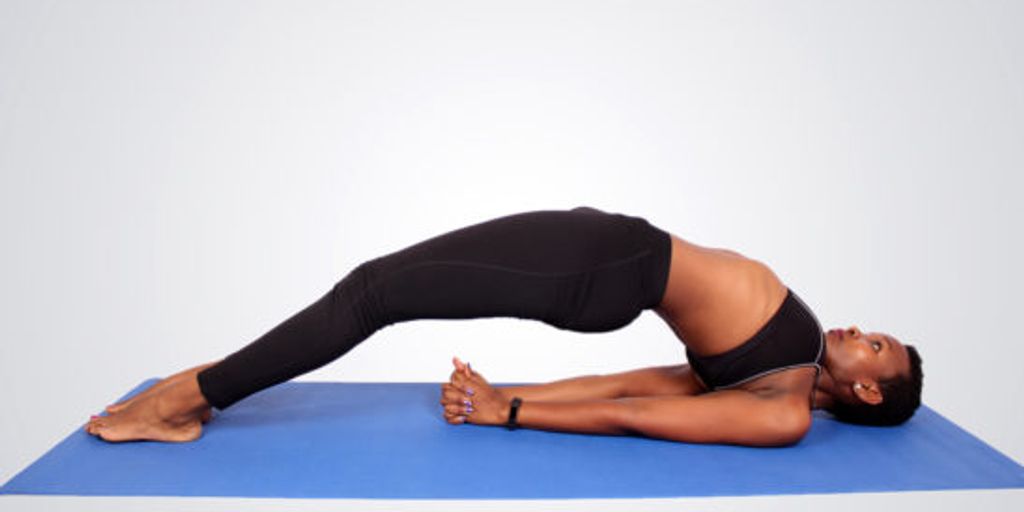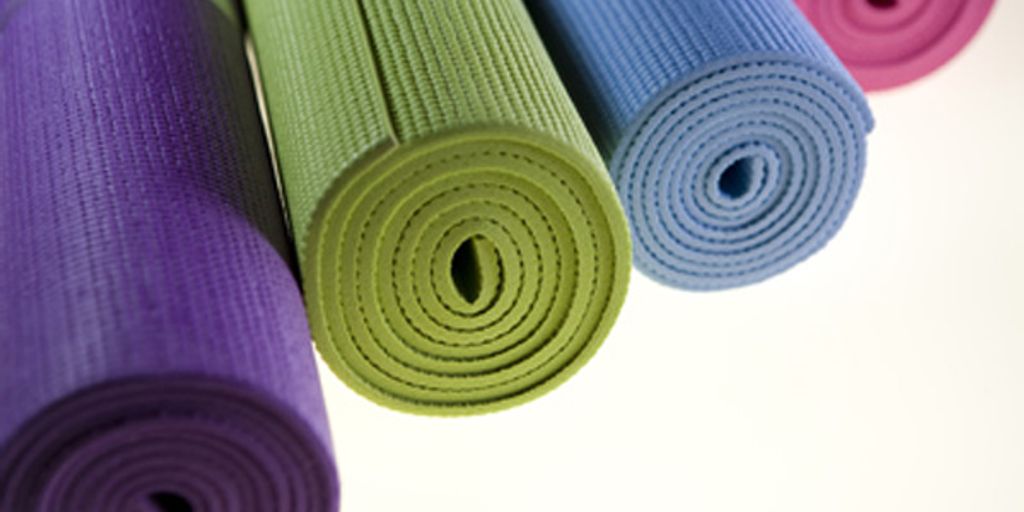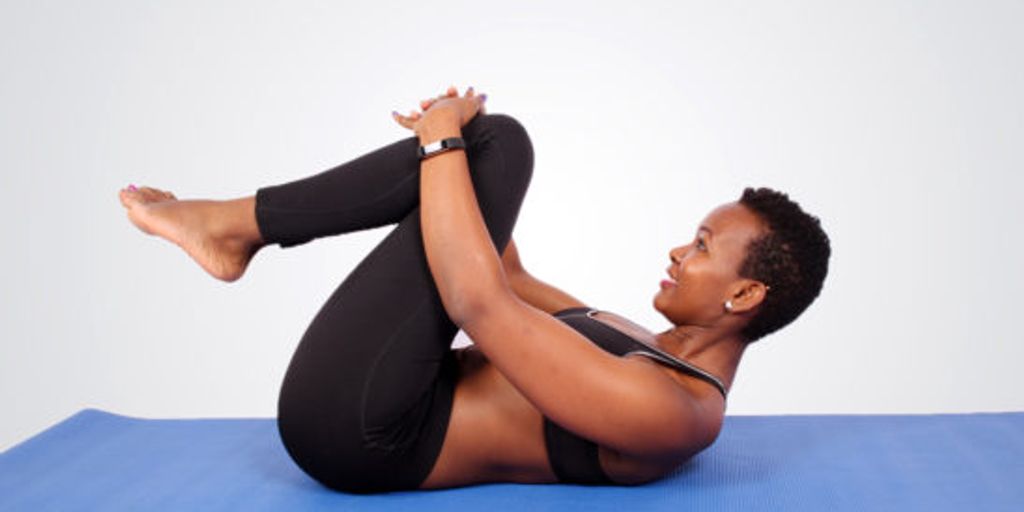
How to Deal with a Slippery Yoga Mat: Tips and Tricks
Dealing with a slippery yoga mat can be frustrating and potentially unsafe. This article explores various strategies to manage and prevent your yoga mat from becoming slippery. From understanding the reasons behind the slipperiness to daily maintenance and in-practice solutions, we cover all the bases to ensure your yoga practice is safe and enjoyable.
Key Takeaways
- Understand the various factors that can make yoga mats slippery, such as material properties, sweat, and wear and tear.
- Choose the right mat and adopt proper storage techniques to prevent slipperiness.
- Implement regular cleaning routines using appropriate solutions to maintain mat grip.
- Utilize in-practice tools like yoga towels and adjust your technique to manage slipperiness during sessions.
- Consider using grip-enhancing products and know when it's time to replace your yoga mat for optimal safety and performance.
Understanding Why Your Yoga Mat Becomes Slippery
Material Factors
Different yoga mats are made from various materials, each with unique properties. PVC mats, for example, tend to become slippery when wet, while rubber mats offer better grip. The choice of material can significantly affect the mat's performance in different conditions.
Impact of Sweat and Moisture
Sweat and moisture are primary reasons why yoga mats lose their grip during practice. The presence of moisture reduces the friction between your hands, feet, and the mat, making it more challenging to maintain poses.
Wear and Tear Over Time
As yoga mats age, they undergo wear and tear, which can smooth out the textures that provide grip. Regular use can degrade the material, especially in mats not designed for high-intensity or frequent practices. It's crucial to assess the condition of your mat regularly and consider its longevity when purchasing.
Preventive Measures to Avoid a Slippery Yoga Mat
Choosing the Right Mat
Selecting the right yoga mat is crucial for preventing slips during practice. Opt for a mat with a textured surface, as it provides better grip. Consider the material; rubber, cork, and jute are excellent choices for their natural non-slip properties.
Proper Storage Techniques
To maintain the mat's grip, store it in a cool, dry place away from direct sunlight. Rolling the mat loosely rather than folding helps prevent creases that can make the surface uneven and slippery.
Pre-Practice Preparations
Before starting your yoga session, take a few minutes to prepare your mat. Wipe it down with a damp cloth to remove any dust or dirt that might cause slipping. Applying a light layer of grip-enhancing spray can also improve traction.
Daily Maintenance Tips for Your Yoga Mat
Maintaining your yoga mat regularly ensures it remains safe and effective for your practice. Here are some essential tips to keep your mat in top condition.
Regular Cleaning Methods
Clean your yoga mat after every use to remove dirt, sweat, and oils that can make the surface slippery. Use a soft cloth and a gentle cleaning solution, wiping down both sides of the mat and then hanging it to dry.
Appropriate Cleaning Solutions
It's crucial to use the right cleaning solutions to avoid damaging your mat. Opt for natural cleaners like a mixture of water and vinegar, or purchase specialized yoga mat cleaners that are designed to be gentle on the material.
Drying and Storage Tips
After cleaning, ensure your mat is thoroughly dry before rolling it up. Store your mat in a cool, dry place away from direct sunlight. Rolling the mat loosely and storing it horizontally can help maintain its shape and prevent creases.
In-Practice Solutions to Manage a Slippery Yoga Mat
Using Yoga Towels
Yoga towels are specifically designed to provide an extra layer of grip and absorb sweat. Placing a yoga towel over your mat can significantly reduce slipping, especially in styles of yoga that induce more sweat. Ensure the towel is properly aligned with your mat to maximize effectiveness.
Adjusting Your Technique
Adjusting your technique can also help manage a slippery mat. Focus on distributing your weight evenly and engaging your core to maintain balance. This adjustment not only helps in reducing slips but also enhances your overall yoga practice.
Positioning and Mat Alignment
Proper positioning and alignment of your yoga mat are crucial. Ensure your mat is laid out flat without any wrinkles or folds. Positioning it away from excessive moisture areas can also prevent it from becoming slippery. Regularly adjusting your mat's position relative to your practice space can help maintain its grip and stability.
Products to Enhance Yoga Mat Grip
Grip Sprays and Lotions
Grip sprays and lotions can be applied directly to the surface of your yoga mat to improve grip and stability during practice. These products are designed to provide an extra layer of traction, reducing the chances of slipping. They are especially useful in hot yoga classes where sweat can make the mat extra slippery.
Yoga Socks and Gloves
Yoga socks and gloves are equipped with grip-enhancing textures that help maintain stability and alignment during poses. They are an excellent choice for those who struggle with slippery mats or who practice in cooler environments where bare feet might not provide enough grip.
Specialized Non-slip Mats
For those looking for a more permanent solution, specialized non-slip mats offer built-in grip features that do not require reapplication. These mats are often made from materials that naturally provide better traction and are a worthwhile investment for serious practitioners.
Tip: Regularly cleaning your yoga mat can also help maintain its grip. Make sure to use appropriate cleaning solutions to avoid damaging the mat's surface.
When to Replace Your Yoga Mat
Signs of Excessive Wear
When your yoga mat starts displaying visible signs of wear and tear, such as frayed edges, cracks, or peeling surfaces, it's time to consider a replacement. These physical indicators not only affect the aesthetic but also the functional integrity of the mat, potentially compromising your safety during practice.
Impact on Practice and Safety
A worn-out mat can significantly impact your practice by reducing traction, increasing the risk of slips, and causing discomfort. Regular assessment of the mat's condition is crucial to ensure it provides adequate support and safety.
Choosing a New Mat
When selecting a new yoga mat, consider factors such as material, thickness, texture, and eco-friendliness. It's important to choose a mat that aligns with your specific needs and practice style to enhance your overall yoga experience.
Knowing when to replace your yoga mat is crucial for maintaining a safe and effective practice. If you're noticing signs of wear and tear, it might be time for a new mat. Visit our website at Yune Yoga to explore our wide range of high-quality yoga mats, including eco-friendly and travel-friendly options. Find the perfect mat that suits your practice and lifestyle today!
Conclusion
In conclusion, dealing with a slippery yoga mat can significantly enhance your practice by ensuring safety and stability. By choosing the right mat, maintaining it properly, and employing techniques to increase grip, you can prevent slips and maintain focus. Remember, the key is to find what works best for you and to adjust your approach as your practice evolves. With these tips and tricks, you're well on your way to a more secure and enjoyable yoga experience.
Frequently Asked Questions
Why does my yoga mat become slippery over time?
Slipperiness in yoga mats can be due to material factors, accumulation of sweat and moisture, and wear and tear over time.
How can I prevent my yoga mat from becoming slippery?
To prevent your mat from becoming slippery, choose the right material, store it properly, and prepare it before practice.
What are some effective daily maintenance tips for a yoga mat?
Regularly clean your mat with appropriate solutions, and ensure it is completely dry before storing it in a cool, dry place.
What can I do during practice if my yoga mat is slippery?
Use yoga towels, adjust your technique, and ensure proper positioning and alignment of your mat during practice.
Are there products available to enhance the grip of my yoga mat?
Yes, there are grip sprays, lotions, yoga socks, and gloves available that can enhance the grip of your yoga mat.
When should I consider replacing my yoga mat?
Replace your yoga mat when it shows signs of excessive wear, impacts your practice negatively, or poses a safety risk.


